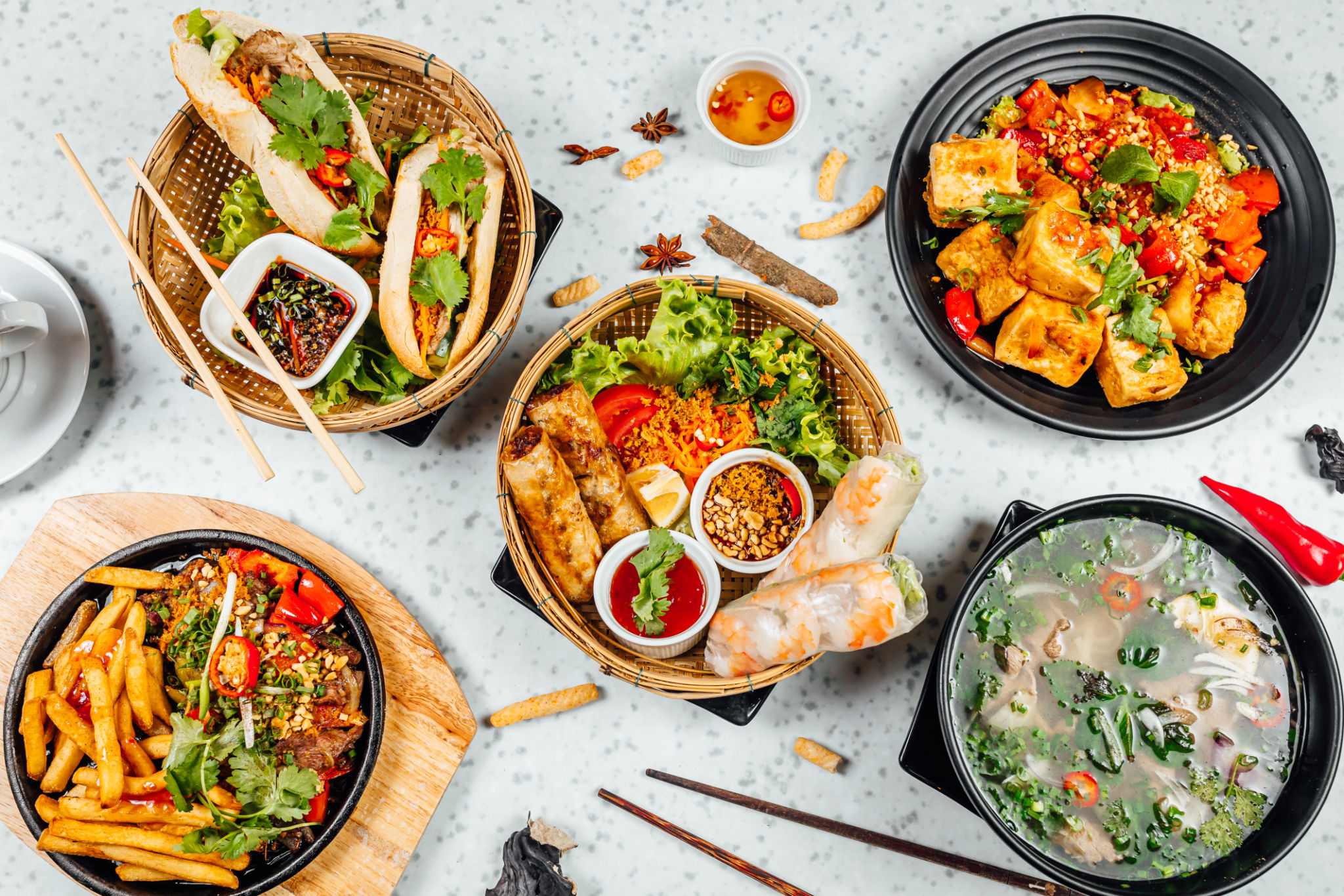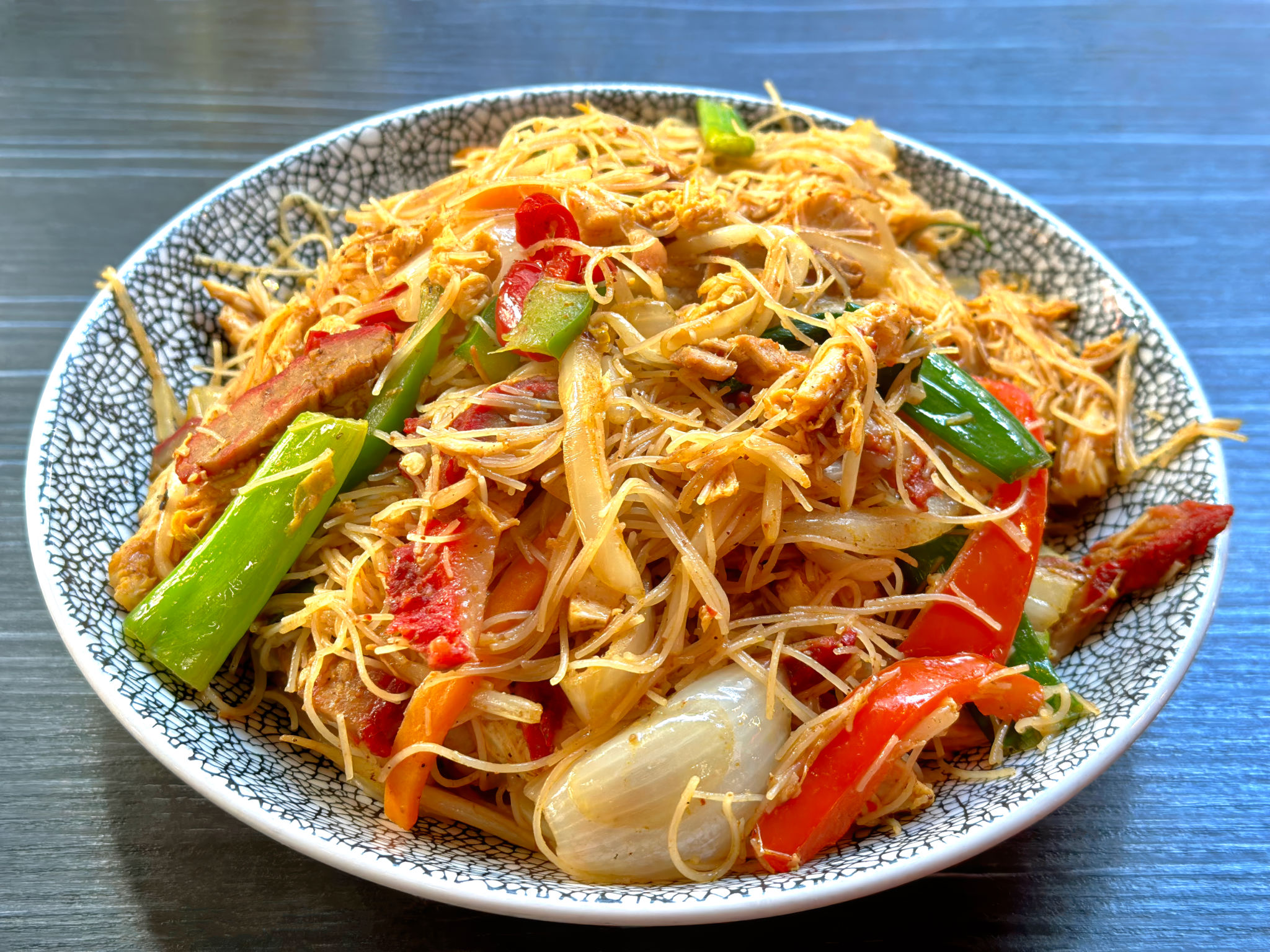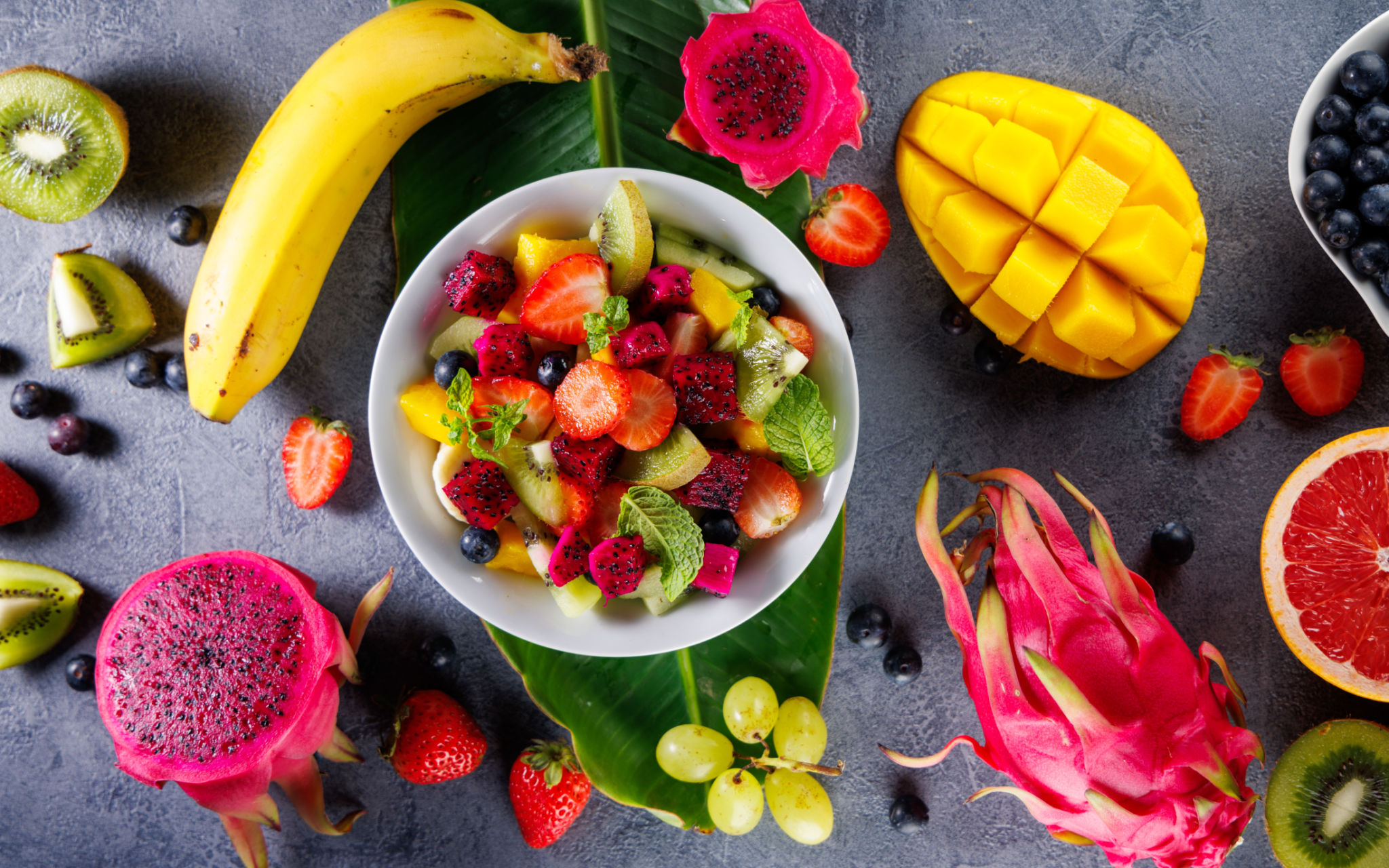Understanding the Key Ingredients in Vietnamese Cooking
Introduction to Vietnamese Cuisine
Vietnamese cuisine is a vibrant and diverse culinary tradition characterized by its use of fresh ingredients, minimal use of dairy and oil, and reliance on herbs and vegetables. What sets it apart is the harmony of flavors—sweet, salty, sour, and spicy—all balanced to perfection. Understanding the key ingredients in Vietnamese cooking can elevate your culinary skills and appreciation for this rich gastronomic heritage.

Essential Herbs and Spices
The use of fresh herbs is a hallmark of Vietnamese cooking. Cilantro, mint, and Thai basil are frequently used to add freshness to dishes. Lemongrass is another essential ingredient, offering a citrusy aroma and flavor that enhances soups and marinades. Spices like star anise, cinnamon, and cloves are often used in pho broth, lending depth and warmth to this iconic dish.
Fish Sauce: The Elixir of Flavor
No exploration of Vietnamese ingredients is complete without mentioning fish sauce. This fermented condiment is integral to many dishes, providing a salty umami flavor that is uniquely Vietnamese. Made from anchovies and salt, fish sauce is used in everything from marinades to dipping sauces, making it a staple in Vietnamese kitchens.
Rice: The Staple of Vietnamese Meals
Rice is the backbone of Vietnamese cuisine, serving as the primary carbohydrate source. From steamed jasmine rice accompanying savory dishes to rice noodles in pho and bun cha, rice is omnipresent. The versatility of rice is showcased in various forms such as rice paper for spring rolls and sticky rice desserts flavored with coconut milk.

Noodles: A Culinary Journey
Beyond rice, noodles hold a special place in Vietnamese cooking. There are numerous types of noodles, each with its unique texture and use. Vermicelli noodles are thin and often served cold with grilled meats or in salads, while egg noodles are thicker and more robust, used in stir-fries or soups.
Fruits and Vegetables
The abundance of tropical fruits and vegetables adds vibrancy to Vietnamese cuisine. Fresh fruits like mangoes, papayas, and lychees are common, either as desserts or salad components. Vegetables like cucumbers, bean sprouts, and morning glory greens provide crunch and contrast in many dishes.

The Role of Peanuts and Coconut
Peanuts are often used as a garnish in salads and noodle dishes, bringing a nutty flavor and crunchy texture. Meanwhile, coconut appears in various forms—coconut milk adds creaminess to curries and desserts, while shredded coconut is used in snacks and sweets.
Conclusion: Embracing Vietnamese Flavors
Understanding these key ingredients allows you to appreciate the complexity and simplicity of Vietnamese cooking. Whether you're recreating traditional dishes or experimenting with flavors, these ingredients offer a gateway to the rich culinary landscape of Vietnam. Embrace these elements in your kitchen to bring the vibrant taste of Vietnam into your home.